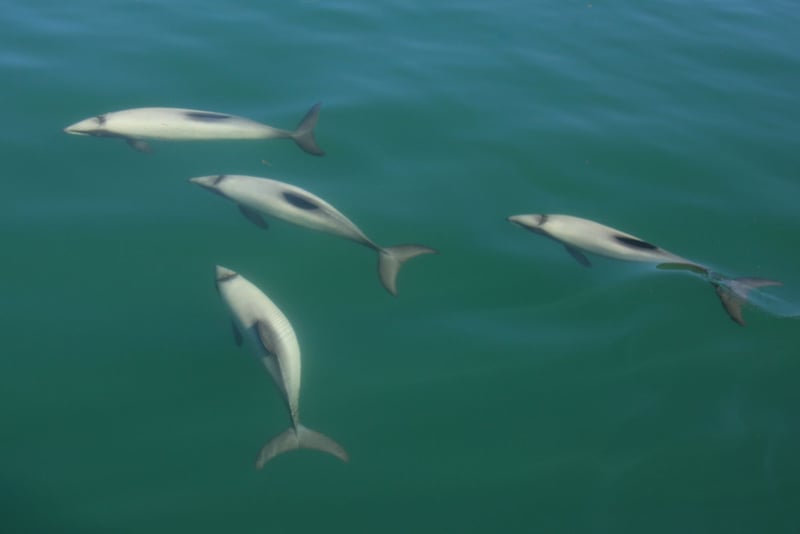
Reactions to the draft Threat Management Plan for Māui and Hector’s
News
After months of waiting, the draft Threat Management Plan for Māui and Hector’s dolphins has been released for public comment.
Despite the delay, this is good news and we’re glad New Zealanders can finally have their say about protecting the Kiwi of the Sea. After a week of the consultation process, let’s review what we know so far, and who is saying what.
The fishing industry came out early with their standard warning that any additional dolphin protections would spell doom for their industry. This is predictable and what they’ve said every time there are any moves to gradually protect the dolphins.
Most fishing is already done outside of the habitat of Māui and Hector’s dolphins and extending the protection to 100 metres and 20 nautical miles would have marginal impact on the fishing industry.
And there are broader economic issues at stake such as the international clean and green reputation of New Zealand, as the Fisheries Minister noted. Allowing one of the world’s most endangered mammals to be driven to extinction in our waters is hardly a tourism draw card.
The draft plan itself has some serious deficiencies. It is a pick and mix assortment of measures that are neither consistent, nor complete, and certainly won’t be effective in its current form.
The Plan allows for up to 100 Hector’s dolphins killed as bycatch every year. This bycatch has the potential to annihilate local populations completely, not to mention the suffering of individual animals and whole groups of dolphins as they are trapped and drown in nets.
Under the Plan, some dolphins remain without required additional protection, such as those on the North Island’s East Coast, and what’s left of the populations on the Otago coast through to the Catlins. The Plan therefore contains options that fail to be either ambitious (the status quo), or to achieve recovery targets because protections from set and trawl nets don’t go as far as the dolphins live and swim.
And bizarrely, the draft implies that cat poo – which can cause toxoplasmosis – is more of a threat than fishing nets. A feline fallacy indeed.
The response of the NGO community and dolphin experts has been one of disappointment. The International Whaling Commission (IWC) has repeated its call for commercial fishing with set nets and trawling in the dolphins’ range be banned. It’s a very bad look indeed when New Zealand – which historically has been a champion of whales and sea animals – is being called out by the IWC.
It’s even worse that the Trump administration is currently considering banning New Zealand fish imports because of Māui dolphin bycatch. And no, that is not fake news.
What is needed to protect these iconic species is as simple as it is achievable. World Animal Protection is calling for set nets and trawling to stop through the habitats of the Māui and Hector’s dolphins.
Yes, there will be an impact on the fishing industry, but not nearly as bad as they claim. And driving these dolphins to extinction will impact other industries – not just the growing dolphin watching industry but New Zealand’s tourism industry as a whole by damaging our international reputation.
By early August, thousands of New Zealanders will have spoken in favour of protecting Māui and Hector’s dolphins, strengthening the Plan currently on the table and turning it into a real protection strategy for these beautiful animals.
It will then be up to the Government to act to save “the kiwi of the sea”.
By Christine Rose, Campaign Manager for World Animal Protection
Most fishing is already done outside of the habitat of Māui and Hector’s dolphins and extending the protection to 100 metres and 20 nautical miles would have marginal impact on the fishing industry.